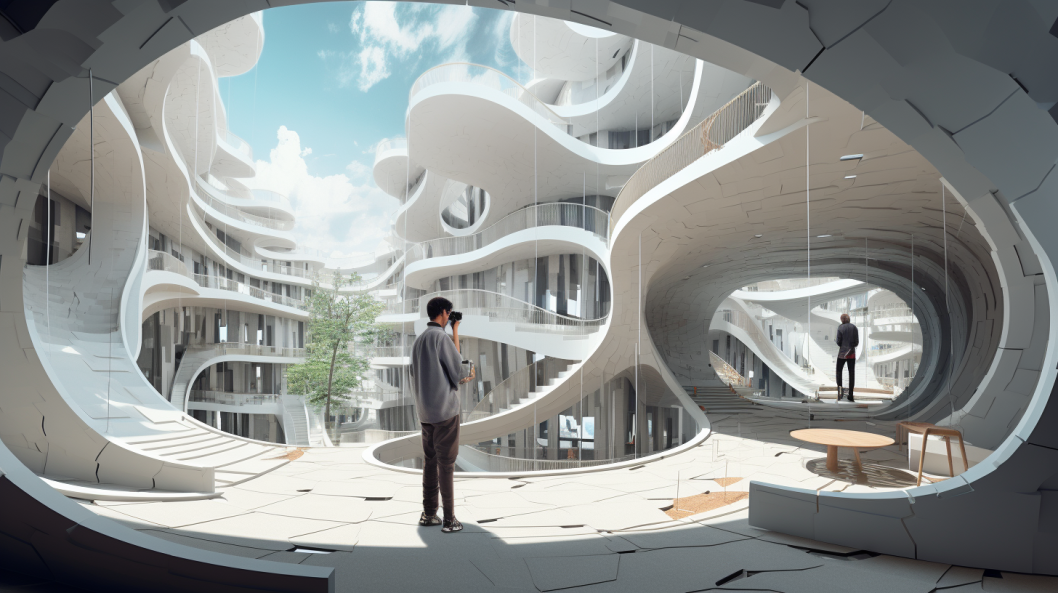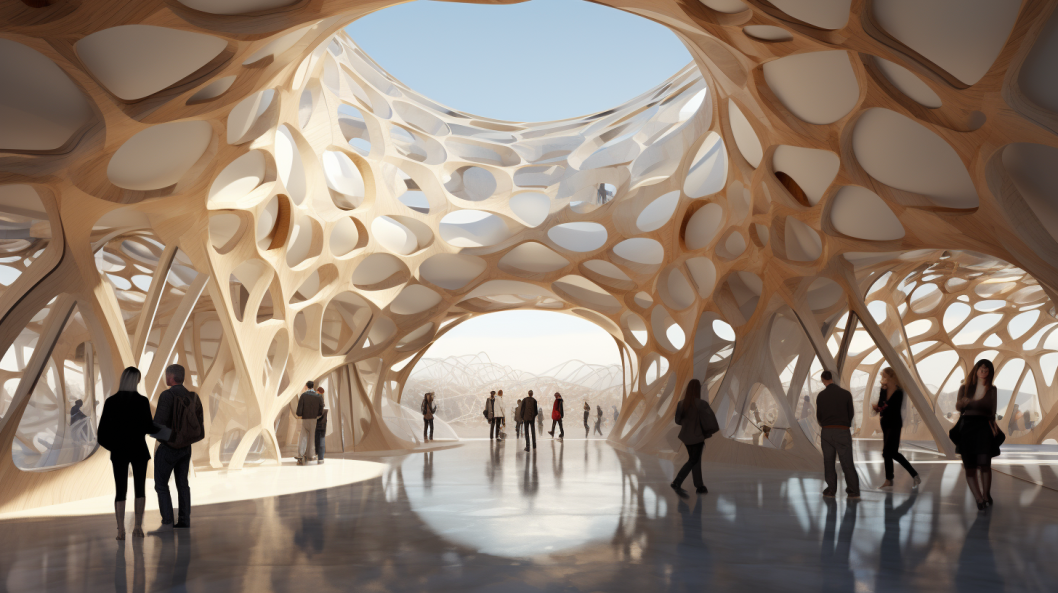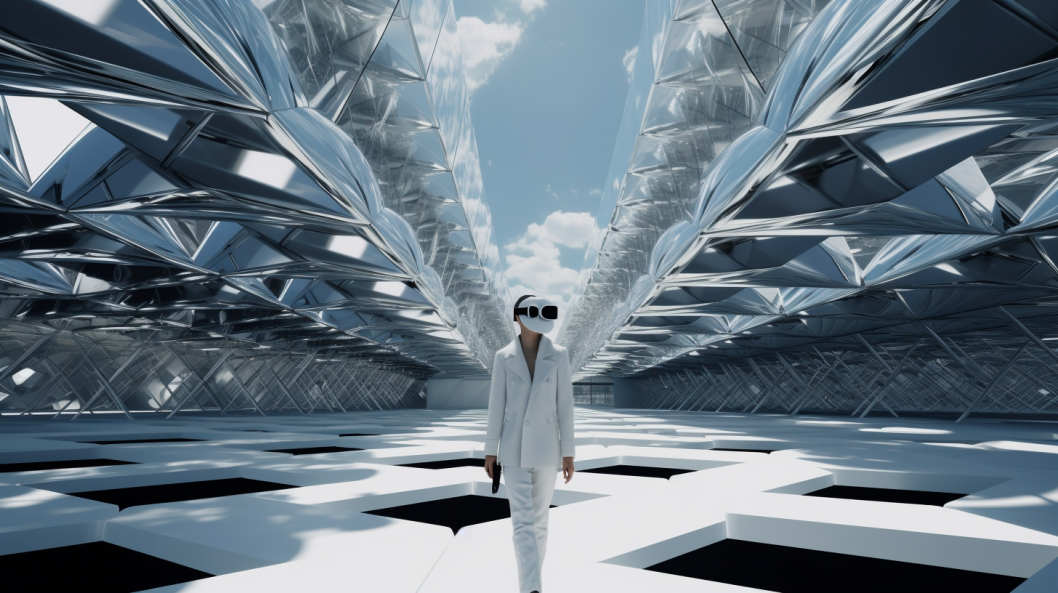Technology continues to redefine our perception of reality, sculpting the terrains of imagination into tangible experiences. The paradigm of architectural presentations, traditionally bound to static 2D visualizations, is witnessing an exhilarating transformation with the convergence of Virtual Reality (VR) and Augmented Reality (AR) technologies. This article explores the innovative changes VR and AR are introducing to parametric architectural presentations, providing an immersive, interactive, and avant-garde perspective in envisioning and crafting spatial designs.

The Confluence of Parametric Design and Immersive Technology
Parametric Design: A Brief Glimpse
Parametric design in architecture hinges on algorithmic thinking, enabling designers to manipulate and modify parameters to sculpt architectural forms and structures dynamically. The key lies in the integral relationship between design elements and governing algorithms.
Immersive Evolution: VR & AR in Focus
VR and AR have propelled design presentations beyond traditional boundaries. VR immerses users into a fully artificial environment, while AR overlays virtual elements onto the real world. The potent amalgamation of these technologies with parametric design is spawning a new era of architectural visualization and interaction.
Unveiling New Dimensions: Immersive Experiences in Design Presentations
Virtual Walkthroughs and Engaging Spaces
VR allows architects, clients, and stakeholders to embark on virtual walkthroughs of spaces before they materialize physically. The integration of parametric algorithms ensures that each experience is not just immersive but also malleably reflective of evolving design parameters.

Real-time Modifications and Client Interaction
Immersive technologies enable clients to visualize and adjust design parameters in real-time during presentations, eliminating the abstraction barrier and facilitating immediate feedback. Architects and designers can thus modify and optimize designs collaboratively and instantaneously.
Bridging Virtual and Physical Realms: AR in Architectural Fabrication
Envisaging Designs in Physical Space
AR brings parametric designs to life by superimposing them onto physical spaces, allowing architects and clients to envisage proposed structures in real environments. This immediate contextual visualization aids in making informed decisions related to spatial orientation, material selection, and aesthetic compatibility.
Enhancing Collaboration and Remote Participation
AR enhances collaborative possibilities by allowing remote stakeholders to virtually inhabit and interact with the design space. This digitized co-presence not only streamlines communication but also nurtures a collective design ethos among disparate participants.

Overcoming Challenges and Ethical Considerations
Addressing Technological Limitations
Despite the myriad possibilities, it is critical to address technological constraints, such as hardware accessibility, software compatibility, and technical know-how, to make immersive parametric design presentations universally accessible and implementable.
Ethical and Socio-economic Implications
The adoption of VR and AR must be navigated with an acknowledgment of its socio-economic implications. Ensuring equitable access and considering the ethical dimensions of these technologies, particularly in relation to data privacy and environmental impact, is paramount.
Re-imagining reality through the lens of VR and AR unveils unprecedented opportunities and challenges in the realm of parametric architectural presentations. The synergistic alliance of algorithmic design and immersive technology breaks down the walls of static representation, ushering us into a domain where design becomes an evolving, collaborative, and experiential journey. As we navigate through this uncharted terrain, the onus is on architects, designers, and technologists to tread thoughtfully, ensuring that these technological marvels are wielded with inclusivity, ethical integrity, and a vision that enriches our spatial experiences and societal fabric.

